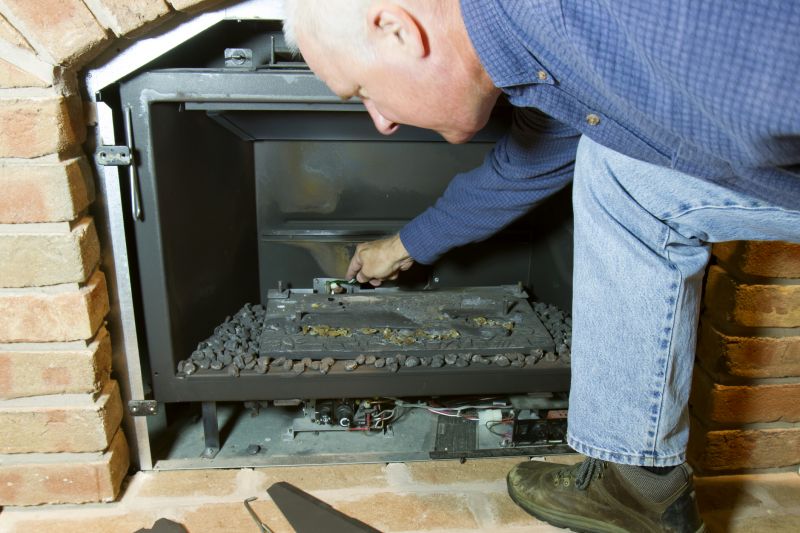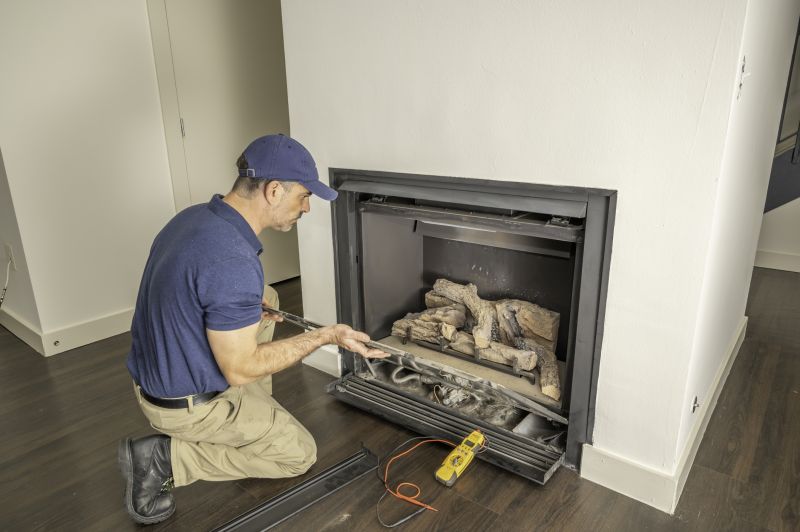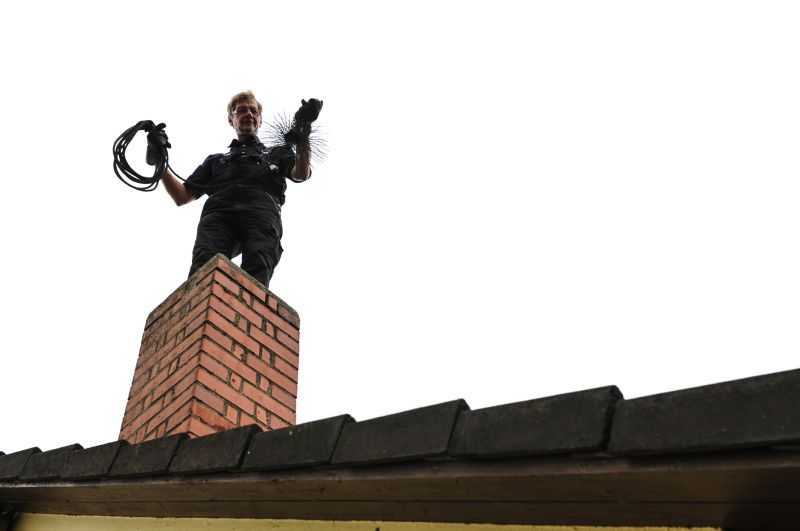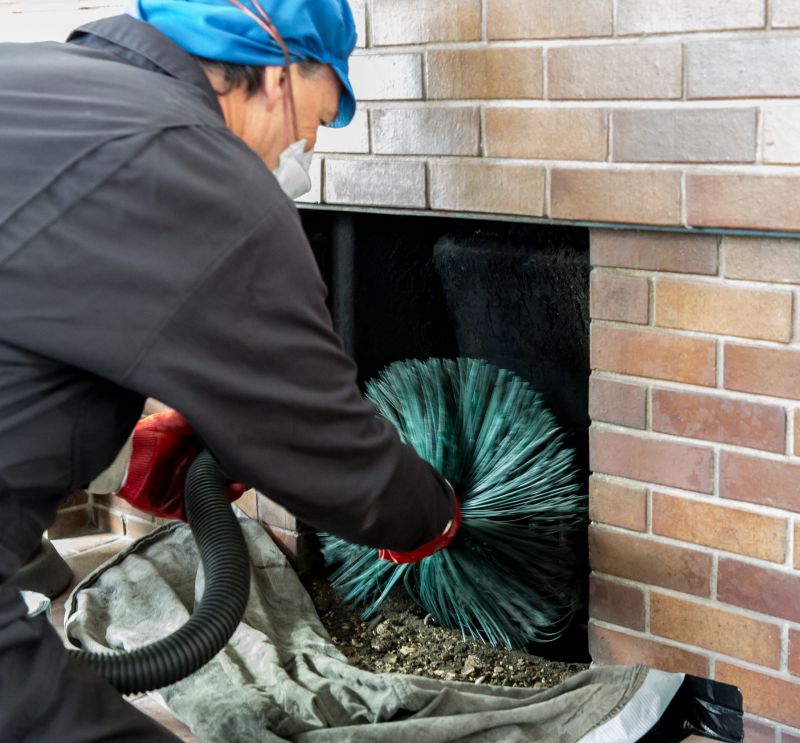Fireplace Inspection to Enhance Home Safety

A technician examines a fireplace, ensuring all components are functioning properly and safely.

An inspection of the chimney structure to identify blockages, cracks, or damages that could pose safety risks.

A professional has finished a thorough assessment, highlighting areas for maintenance or repair.
Fireplace inspections are essential for maintaining safety and efficiency in heating appliances. Regular assessments can help identify potential hazards such as creosote buildup, cracked chimneys, or faulty components that could lead to fire risks or indoor air quality issues. Statistics show that nearly 30% of residential fires involve fireplaces or chimneys, emphasizing the importance of professional inspections to prevent accidents.
The inspection process typically involves a detailed visual examination of the fireplace, chimney, venting system, and surrounding areas. Professionals use specialized tools to detect hidden issues, including structural damage or obstructions. These assessments often take between 30 minutes to an hour, depending on the complexity of the system and the extent of the inspection.
Most professional fireplace inspections last approximately 30 to 60 minutes, providing a comprehensive evaluation of safety and functionality.
The process includes visual checks, chimney cleaning, and the use of diagnostic tools to detect hidden problems and ensure compliance with safety standards.
Professional inspections ensure thoroughness, accuracy, and adherence to safety protocols, reducing the risk of fire hazards and costly repairs.
Engaging a professional for fireplace inspections offers peace of mind, knowing that all safety concerns are addressed. Experts can identify issues early, recommend necessary repairs, and help maintain the longevity of the fireplace system. Routine inspections are recommended at least once a year, especially before the heating season begins.

A repaired chimney section following a professional assessment, ensuring safe venting.

A technician cleaning a fireplace to remove creosote and debris after inspection.

A completed report showing all components are safe and functioning properly.
Properly conducted inspections can extend the lifespan of a fireplace and prevent costly repairs. Visual evidence of completed work demonstrates the thoroughness of the process and the attention to detail required for safe operation. Regular assessments are especially important for homes with older fireplaces or those that have experienced previous issues.
For those interested in scheduling a fireplace inspection, filling out the contact form provides an easy way to receive a quote and plan a professional assessment. Ensuring a safe and efficient fireplace system contributes to a comfortable and secure home environment.
